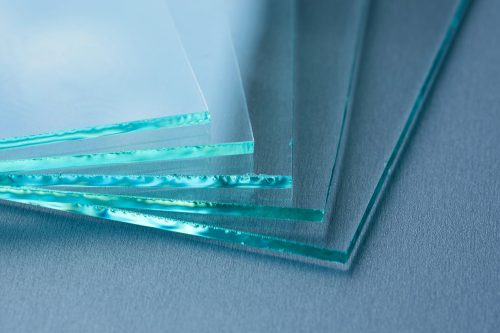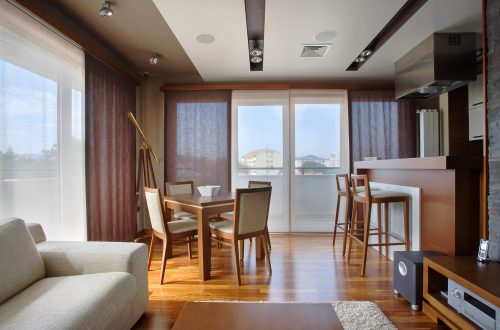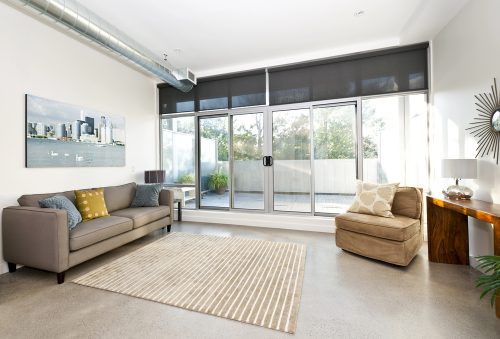It is important to invest some money into your property and make necessary improvements from time to time to help increase property value and improve your level of comfort.
Reducing any kind of waste is a good enough reason too, along with the savings you will make when paying less on your energy bills. An energy efficient home demands less non-renewable energy produces lower gas emissions and offers a cleaner living environment for its tenants.
How do you transform your house into an energy efficient home?
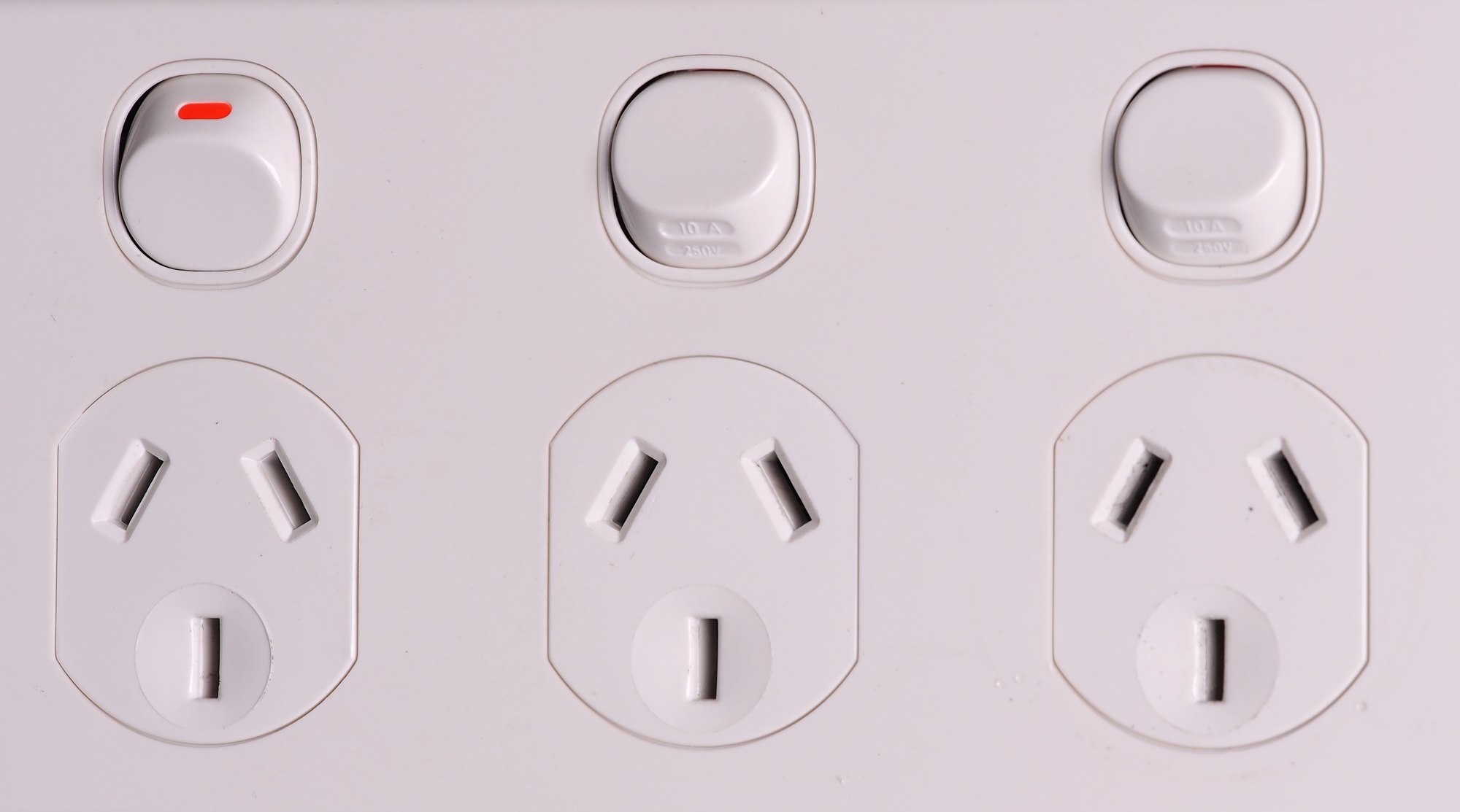
Simple activities like replacing old windows and doors, turning off the tap properly or using an energy monitor are good starting points to create an energy efficient home.
You can begin your energy efficiency journey by simply changing your windows. You can take more drastic steps by installing solar panels on your property as an energy efficient power if you live somewhere that experiences a lot of daylight.
The following are the 7 most practical steps you can take to achieving an energy efficient home.
1. Insulation
With sufficient insulation for your property, your home would contain the heat during winter months and the coolness during the warmer months. You could be making some notable energy savings of up to 50% and will be proud of your investments
2. Windows and doors
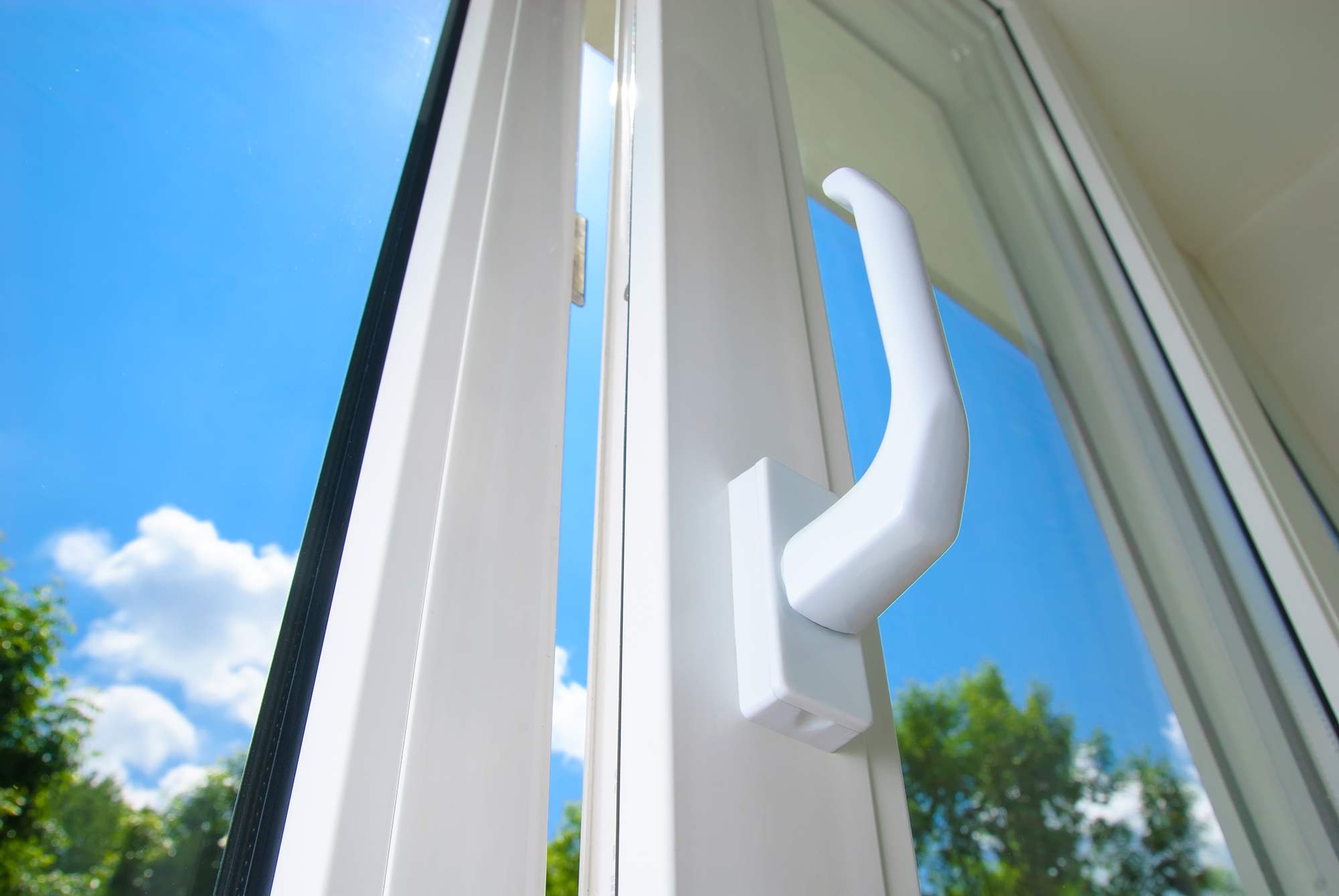
You can also install special energy efficient windows that can help to reduce your energy costs even further. The following options are a great choice to double glaze:
You will need to source a reliable company to install your new sustainable windows and doors. Learn more about sustainable windows from the Australian Association of Glass and Glazing.
3. Energy efficient lighting
Switching to energy efficient lighting is the easiest step to create an energy efficient home. This can be as simple as changing your halogens and incandescent lights to compact fluorescents and LED bulbs.
A permanent lighting solution could be to locate windows and skylights. Making good use of natural light is the best way to eliminate the use of artificial lighting throughout the day.
4. Energy efficient appliances
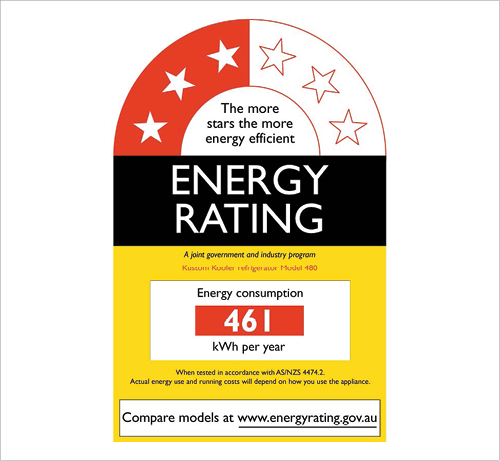
Source: https://www.yourhome.gov.au/energy/appliances
Unplugging electronics when they’re not in use is a fantastic way to conserve energy and It’s free too. Appliances are the 3rd biggest energy spender in household items after heating, cooling and water heating taking up the first and second spots. When purchasing appliances, do your research to see which product offers the best energy ratings. It can be as simple as installing or upgrading your airconditioning from a split system to a reverse cycle ducted air conditioner system.
Also, take into consideration a few other things when deciding to purchase new appliances.
For example: When buying a dryer, think about whether you need this item in your home. Also, take into consideration and ask yourself the following questions:
- How much will the running cost of a dryer be?
- Do I get enough sunshine in a year to choose the clothesline and the sun to dry my clothes?
- What is the running and maintenance cost of using a dryer regularly?
- How long will I use this dryer before throwing it away
5. Energy monitors
Energy monitors are smart additions to your home as they can monitor overall energy usage in real time and break it down to a granular level. However, these clever gadgets can be pricey, so before you opt for one, do your research and in the meantime try out the other solutions like energy efficient appliances or replacing old windows.
6. Saving water
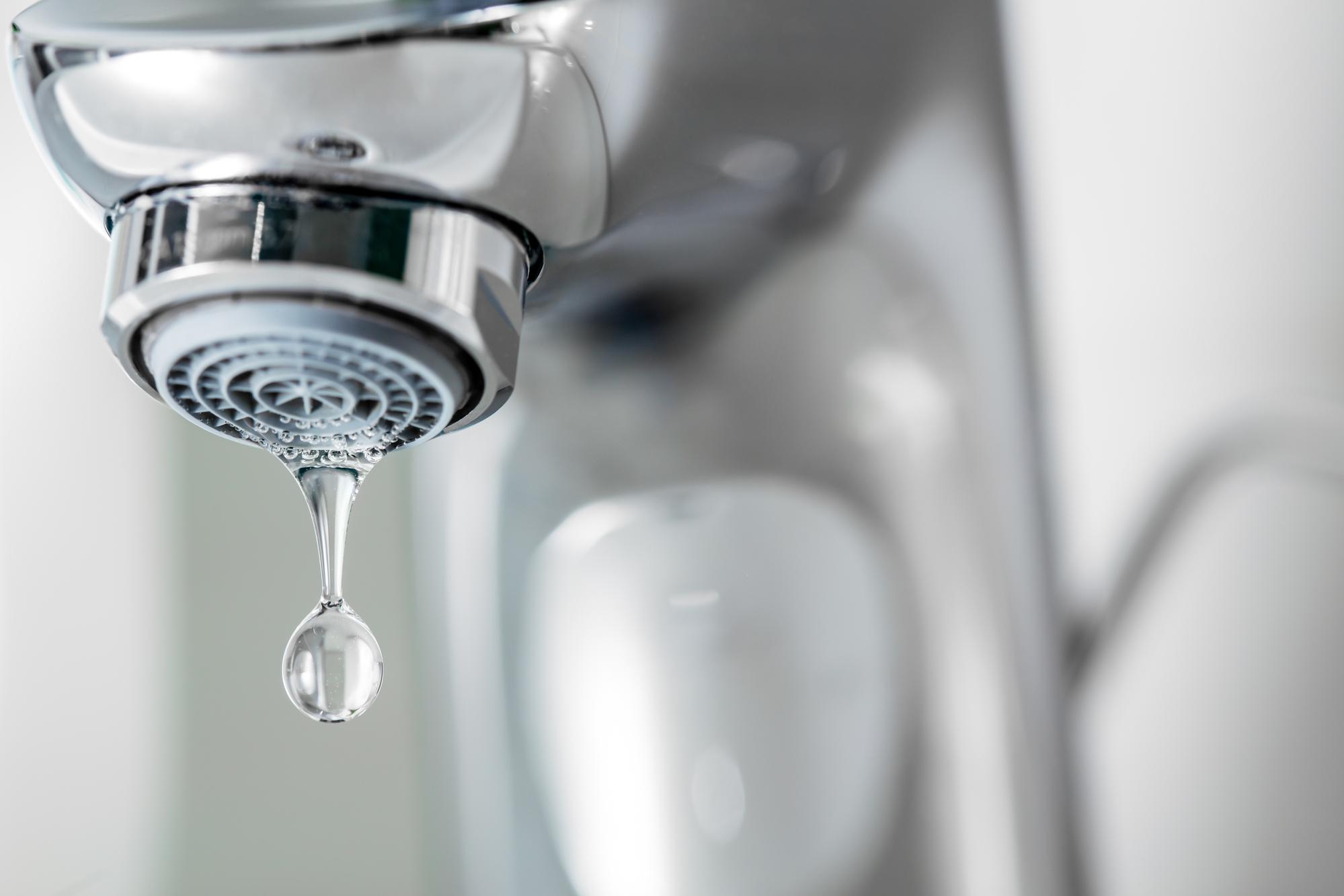
According to the Australian Department of Environment and Energy, the biggest household water usage comes from washing machines, toilets, showers and taps. Continuing to state that Australians could save up to an average saving of $175 per annum if each household opts for water efficient products.
These are a few steps you can take to be more water efficient at home:
- Replace the bathroom fixture with low-flow or more efficient showers
- Swap your washing machine for a higher water efficient grade machine
- Swap your dishwasher for a higher water efficient grade machine
- Use grey water for gardening
- Reduce shower flow when using soap
- Regularly mulch your gardens to reduce watering
7. Paint
You may be wondering, what has paint got to do with energy efficiency?
Paint has come a long way since the days of mixing powder to water. Now, we can choose insulating or thermal paint to coat the insides of your home. Many of these paints create a tight, thin vacuum that stops the passage of heat or cold, keeping the interior of the home temperate and stable.
When investing into a home improvement job, set your goals for cost savings and energy efficiency. This will give you long term benefits of having a sustainable home and a lighter energy and water bills.
We at Perth Window and Doors specialise in energy efficient window and door installation. If you are interested in making a change to your windows and doors, a friendly team member will help you off that goal. Call us on (08) 9200 2287 or send us an enquiry today!

